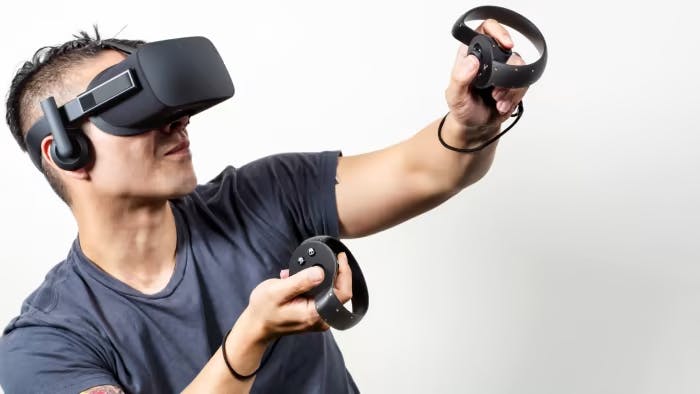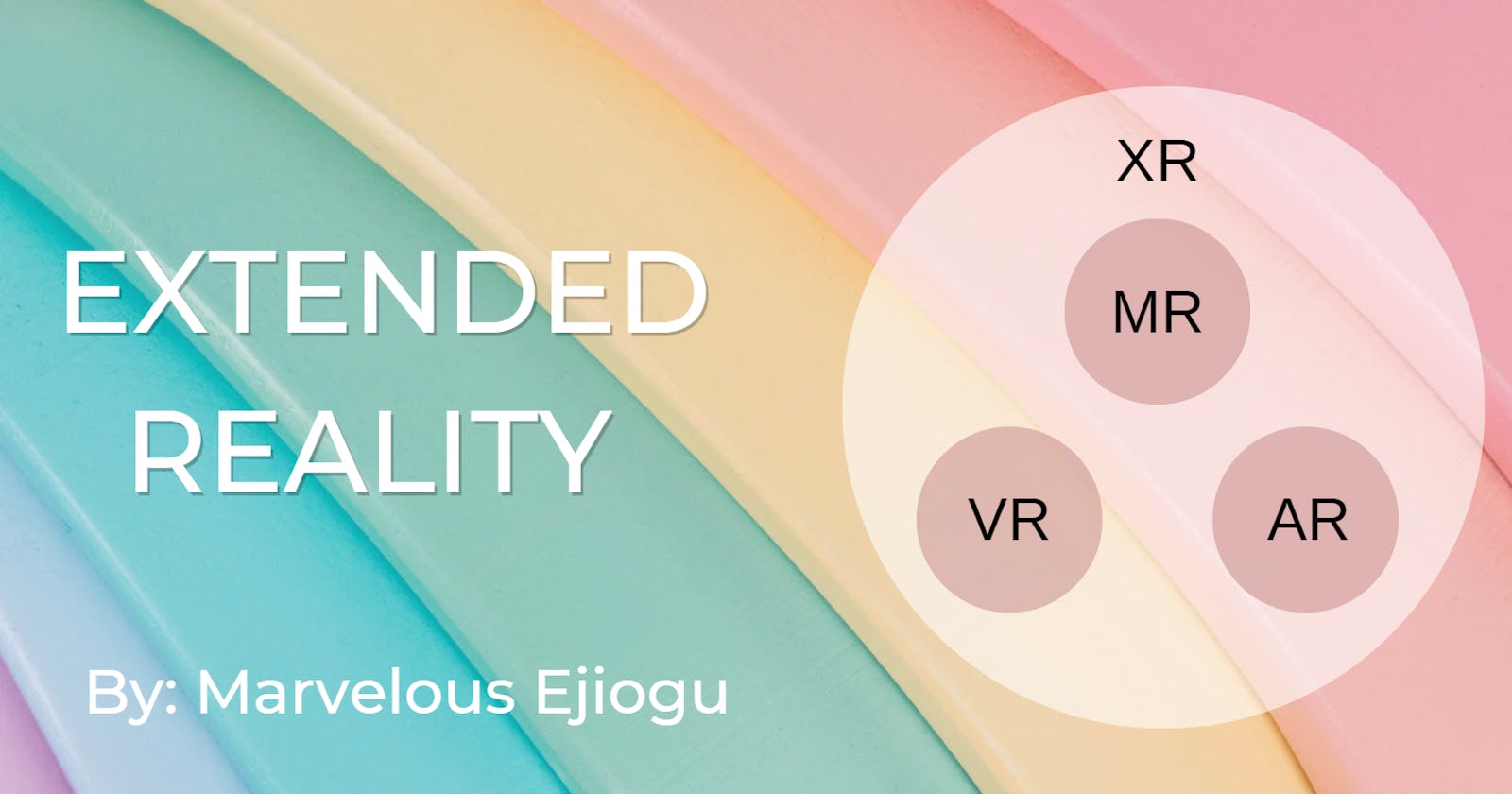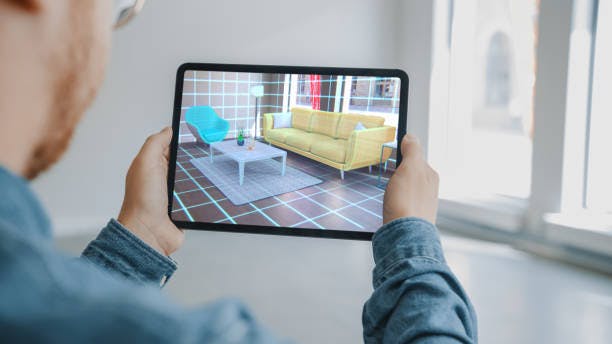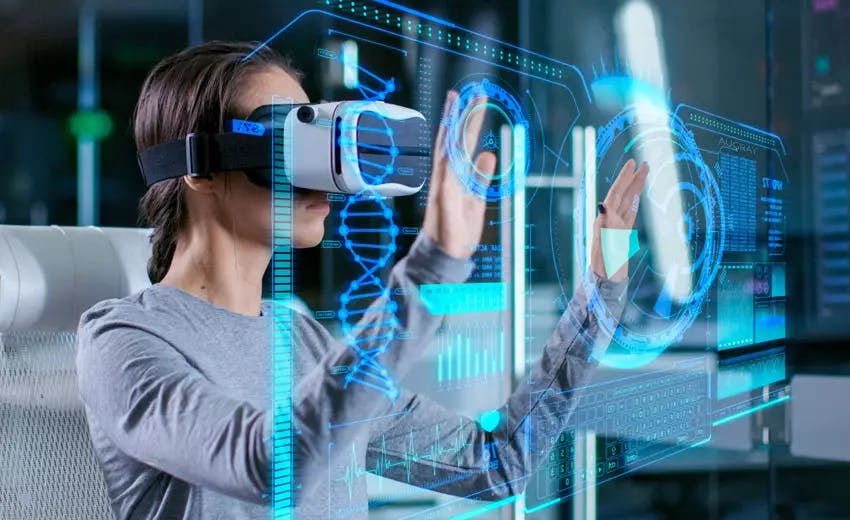Based on my curiosity, I recently made the decision to gain intensive knowledge of how technology is changing the world and explore new ways of interacting with digital information. I was fortunate to be a part of ALU’s Meta Spark course. Amazing, yea? I would love to share my findings and knowledge with you. So buckle up, because we’re about to take you on a wild ride through the exciting world of Extended Reality.
Introduction
Extended Reality (XR) is an umbrella term that encompasses all immersive technologies that merge the physical and virtual worlds. This rapidly growing field includes Virtual Reality (VR), Augmented Reality (AR), and Mixed Reality (MR) technologies that allow for an interactive and immersive experience. They all offer unique experiences and applications. With XR technologies, users can immerse themselves in digital worlds, overlay virtual objects in the real world, or combine the two to create a new hybrid experience. While all of these technologies fall under the XR umbrella, they each have unique differences.
Virtual Reality (VR)

VR is a technology where the user is fully immersed in a digital environment. With VR, users wear a headset that covers their eyes and ears, blocking out the physical world around them. The headset displays a 360-degree view of a digital world, and users can interact with this world through handheld controllers or motion sensors. Hence, it is a synthetic experience with no sense of the real world. VR is commonly used for gaming and training simulations.
Augmented Reality
AR is a technology that overlays digital content in the real world, enhancing the user's perception of reality. With AR, users view the physical world through a smartphone, tablet, or AR headset. The device’s camera captures the real world, and the software adds digital information on top of it. AR is commonly used for marketing campaigns, education, and entertainment.
Mixed Reality
MR is a technology that combines elements of both virtual and augmented reality. With MR, users wear a headset that allows them to see the real world and virtual objects simultaneously. These virtual objects can interact with the real world, and the user can manipulate them with hand gestures or handheld controllers using haptic technology. MR is commonly used for design, engineering, and gaming.
Technology Differences
One way to think about the differences between these technologies is to consider how much they isolate the user from the real world. VR provides complete isolation from the real world, while AR and MR allow the user to interact with the real world while also providing digital information or objects.
Another way to think about the differences is to consider the level of immersion provided by each technology. VR provides the highest level of immersion, as the user is completely immersed in a digital environment. AR and MR provide varying levels of immersion, depending on how much of the real world is visible and how much of the digital world is overlaid onto it.
Conclusion
XR technologies are used in a variety of fields, including gaming, entertainment, education, healthcare, and manufacturing, among others. As these technologies continue to evolve and improve, we can expect to see even more innovative and exciting applications in various industries. XR is a rapidly growing field that has the potential to transform the way we live, work, and interact with the world around us. XR is at the forefront of innovation, and learning more about it can inspire you to come up with creative ways to use XR technology to solve real-world problems.
Thank you for reading this far. I hope you found this article helpful.
You can connect with me on Twitter here
(Images gotten from Google)



